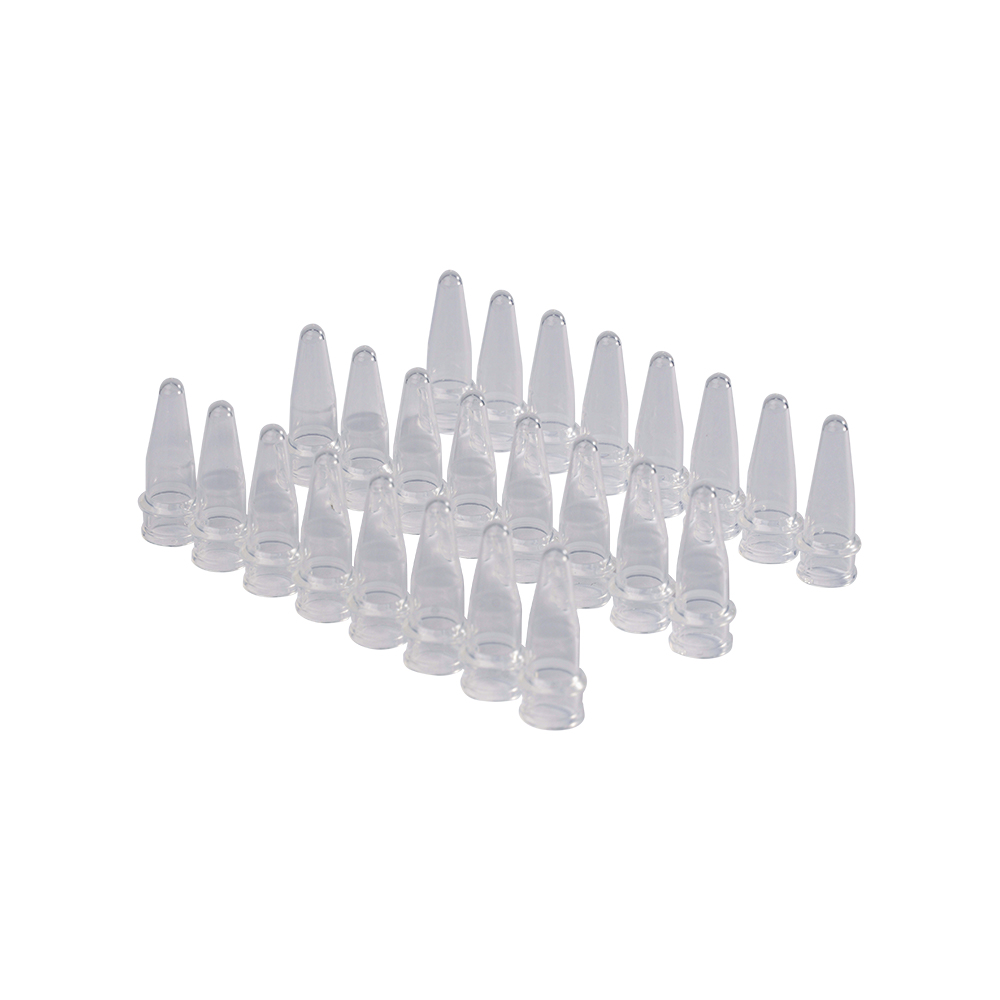Jul 01,2022
The design of a PCR plate series, including well spacing and arrangement, plays a crucial role in determining the uniformity of temperature distribution across the plate during PCR cycling. Here's how these design elements impact temperature uniformity:
Well Spacing and Thermal Equilibration:
Well spacing is designed to ensure adequate thermal equilibration between individual wells. Proper spacing helps minimize thermal crosstalk, where heat from one well affects neighboring wells. Uniform well spacing facilitates consistent temperature distribution and reduces the risk of temperature variations between wells.
Edge Effects and Plate Design:
The arrangement of wells, especially those at the edges of the plate, can influence temperature uniformity. Some PCR plates employ a skirted design, extending the plate material around the perimeter of each well. This helps minimize edge effects, ensuring that wells at the edges experience temperature conditions similar to those at the plate's center.
Symmetry and Temperature Distribution:
Symmetric well arrangements contribute to even temperature distribution. Plates with a symmetric layout, where wells are evenly distributed across the plate, are less prone to temperature gradients. This symmetry helps maintain uniform heating and cooling cycles, reducing the impact of positional variations.

Center-to-Edge Consistency:
The design aims for consistent temperature distribution from the center to the edges of the PCR plate. This involves optimizing well spacing, layout, and thermal characteristics to ensure that wells throughout the plate experience similar temperature profiles, minimizing the risk of temperature differentials.
Heat Transfer Efficiency:
Well spacing and arrangement are optimized for efficient heat transfer. Adequate spacing allows for optimal contact with the thermal block of the PCR instrument, facilitating efficient heat transfer during the denaturation, annealing, and extension steps. Efficient heat transfer contributes to the uniformity of temperature distribution.
Considerations for Specialty Plates:
Specialty PCR plates, such as low-profile plates or plates with different well geometries, may have specific design considerations for maintaining temperature uniformity. Manufacturers take into account the unique features of these plates to ensure consistent performance during PCR cycling.
Impact of Well Size and Shape:
The size and shape of wells can influence temperature distribution. PCR plates with wells of uniform size and shape contribute to better temperature uniformity. Consistency in well dimensions helps standardize heat absorption and dissipation across the plate.
Validation and Quality Control:
Manufacturers conduct rigorous validation and quality control processes to assess temperature uniformity across the entire PCR plate. This involves testing the plate with temperature-sensitive indicators to verify that each well experiences consistent thermal conditions during cycling.
Simulation and Modeling:
Some manufacturers use computational simulation and modeling techniques to optimize well spacing and arrangement. This involves virtual testing of different designs to predict and enhance temperature uniformity before physical prototypes are manufactured.
Recommendations for Instrument Settings:
Manufacturers provide recommendations for instrument settings, such as block temperature, ramp rates, and hold times, to ensure optimal temperature uniformity. Adhering to these recommendations helps users achieve reliable and reproducible PCR results.


 中文简体
中文简体
 Español
Español
 Français
Français
 Deutsche
Deutsche
 عربى
عربى








